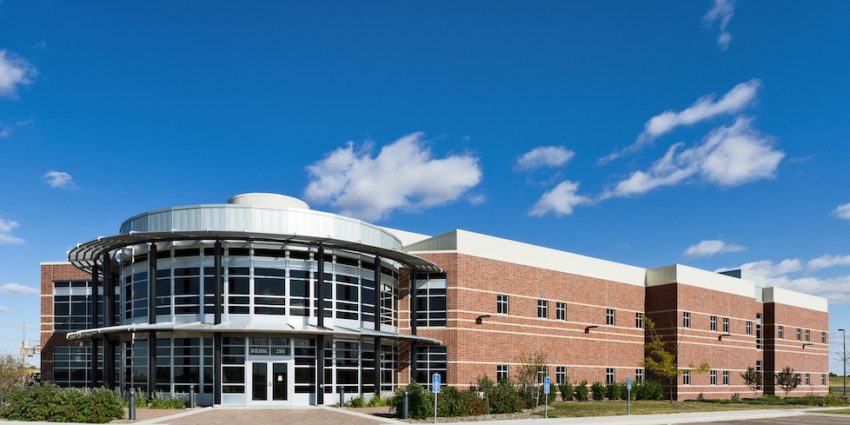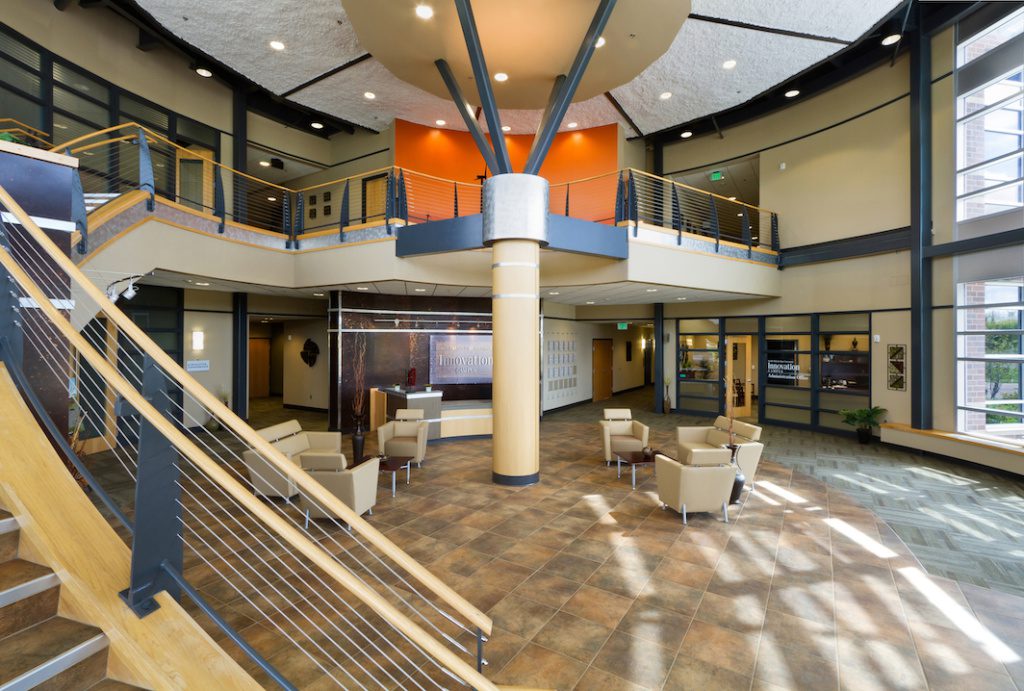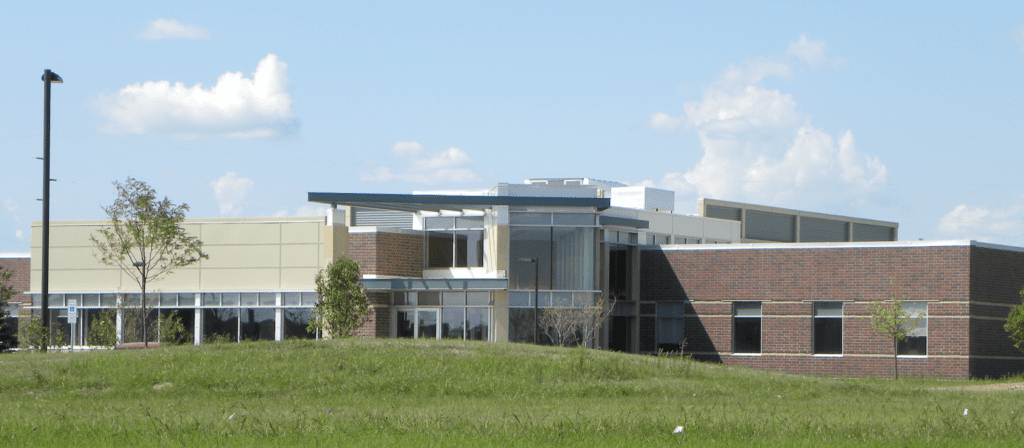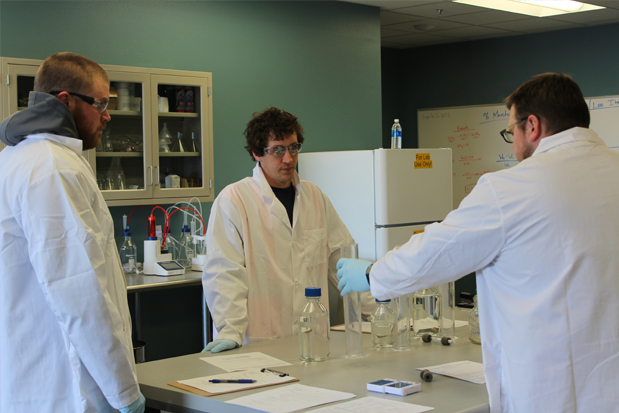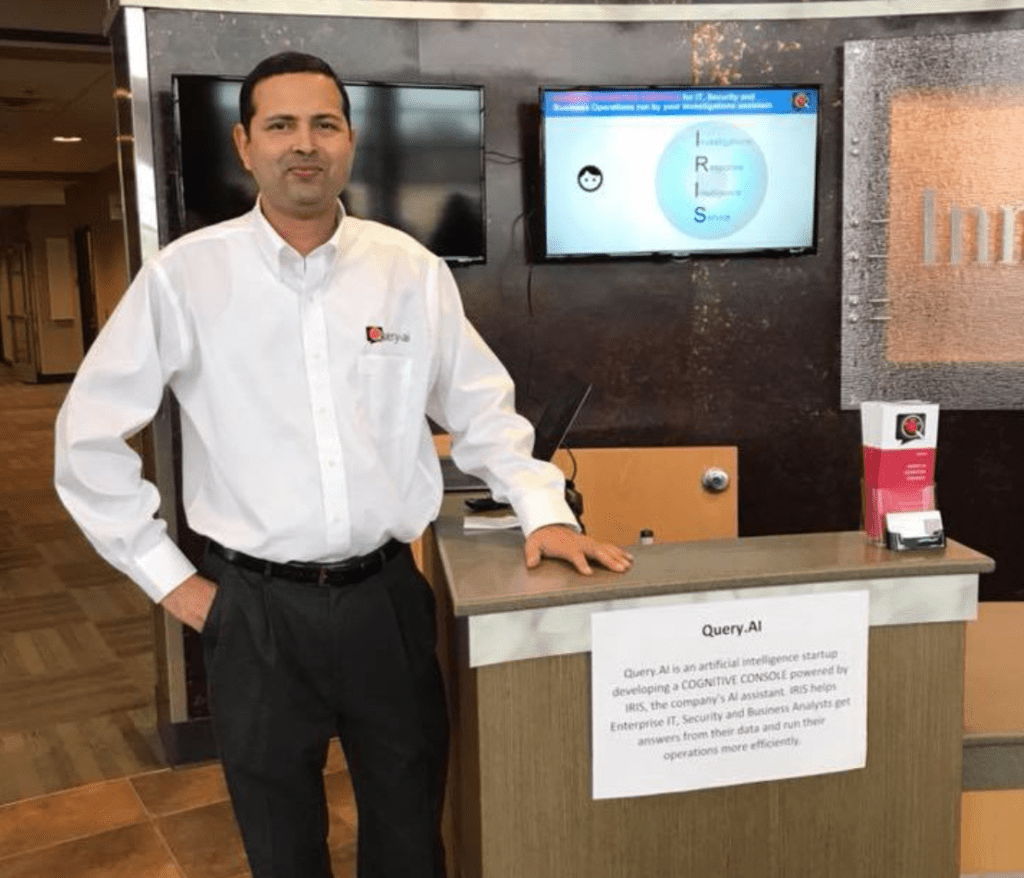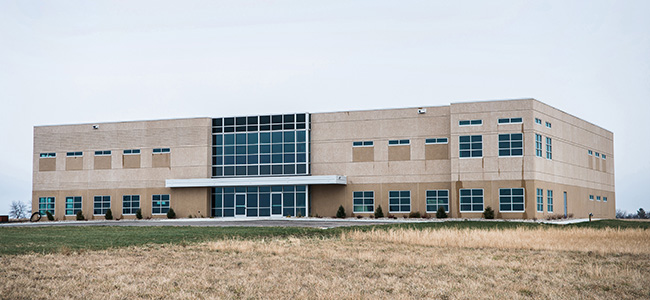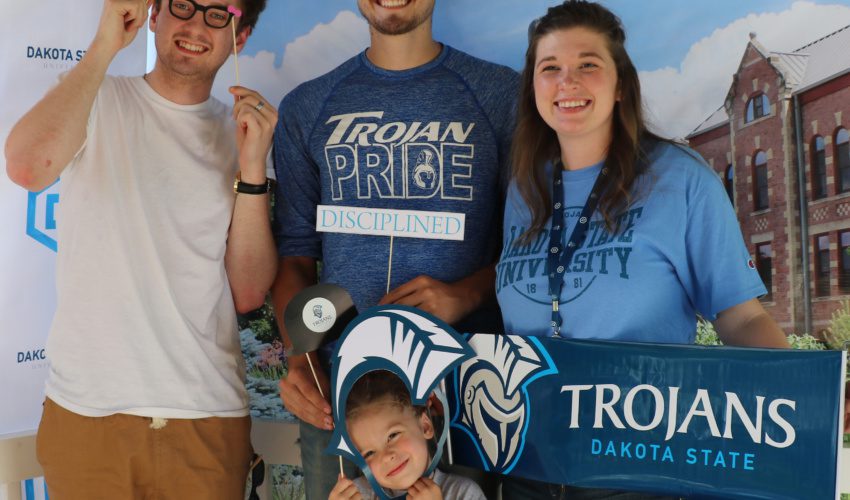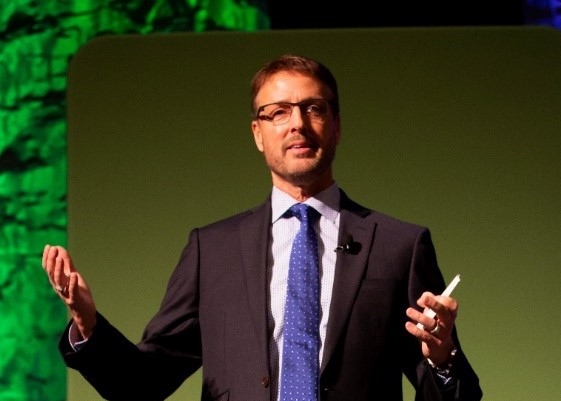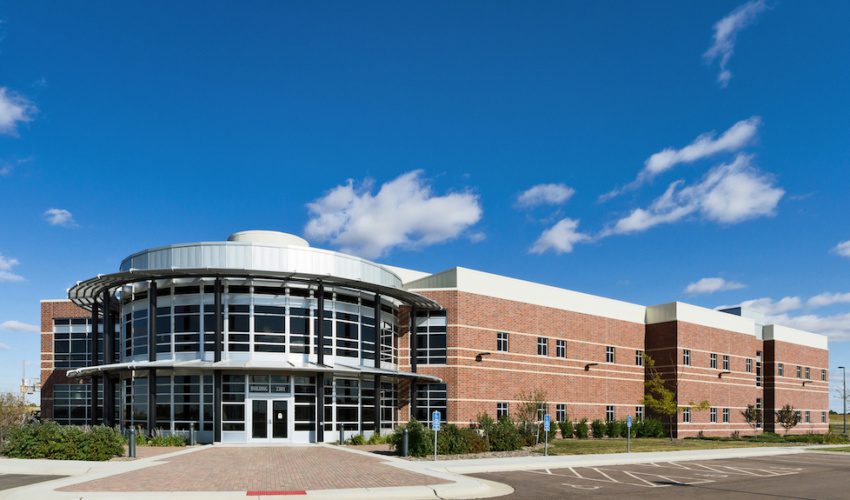Research park marks 10 years with plan to more than double in size
Feb. 7, 2019
This paid piece is sponsored by South Dakota Biotech.
The Research Park at South Dakota State University got started just over a decade ago during what turned out to be the Great Recession. U.S. real estate and financial markets were reeling, and no one knew when the economy would recover.
The starting date for the Research Park at SDSU in Brookings didn’t really matter, though. Research parks are long-term investments, and they measure progress by more than the speed at which buildings are constructed.
“I usually tell people this park is not for them. It’s for their children and grandchildren,” said Jay Bender, who chairs Growth Partnership, the board that manages the Research Park at SDSU. “This is a long-term play, from an economic development standpoint, to leverage the advantages we have here with SDSU.”
Bender, who is also the president of Falcon Plastics Inc. in Brookings, has served on the management board of the first research park in South Dakota since the beginning.
The park, which officially celebrated its 10-year anniversary in December 2018, has been “extremely successful” in the view of Dwaine Chapel, CEO and executive director of the park. He has been managing it for six years.
The outlook for the 125-acre park has improved substantially since construction of the first building was completed in October 2008. Since then, the original building has been expanded, two more buildings have been added, and planning has begun for the construction of a fourth building to help launch and grow businesses.
The three buildings that have been developed so far total 110,000 square feet. They are:
- Brookings Innovation Center, a 44,000-square-foot business incubator with support offices.
- A 30,000-square-foot building for business tenants that was constructed by the Lloyd Cos. of Sioux Falls. Discovery Benefits occupies half the building.
- Young Brothers Seed Technology Laboratory, a 36,000-square-foot facility built by SDSU.
“We’re running about 95 to 97 percent occupancy in our current (incubator) facility, so we are in the early stages of discussion and design for a second building owned by the Research Park team,” Chapel said.
Approximately 45 businesses have a presence in the park, which is next to the SDSU campus. About 245 people, including three members of the park’s staff, work in the three buildings.
Novita Nutrition might be the most noteworthy business that has gotten startup help at the park. Novita’s headquarters remains in the Brookings Innovation Center, but the company built a $95 million plant about two miles east of Brookings in 2017. The Novita plant makes high-performance corn protein meal for dairy cows. It employs about 50 people.
Novita founder Don Endres has credited the Research Park for providing the “power of pace” to kick-start the business, and programming and incentives to assist in company development.
“We are a prime example of what the focus of the park’s original partners imagined that it could be, a place where industry and university research can become a viable commercialized innovation,” Endres said.
Query.AI received the park’s company of the year award in 2018. The startup’s products include an Assisted Investigations Console that enables voice, chat or visual interaction with data platforms. Query.AI founder Dhiraj Sharan credits the Research Park for providing the business with space, networking opportunities and access to talent, investors and prospective customers.
“We’ve had a number of startups come through the facility,” Chapel said. “We also use it to recruit companies that want to work with SDSU so they have a place to land once they come to Brookings.”
Companies the park has worked with include Raven Industries, General Mills and Diversified Technologies.
Some offices in the park house support services, including a lawyer, CPA and community business developers. Building features include the Brookings Area Makerspace, a program of Brookings Economic Development Corporation.
SDSU is a powerful asset for a community to have, Bender said.
“We really have to do a better job of leveraging that asset, not just for Brookings but for the whole state, from an economic development standpoint,” he said.
Another park objective is to create more jobs for SDSU students and graduates, Bender said.
“So many students that come to this community graduate and leave. The hope is that the park will create opportunities for some of these students to stick around here if they want to,” he said.
Park pioneers wanted the facility located as close to the SDSU campus as possible to maximize potential for collaboration among students, faculty and businesses, Bender said, and they succeeded. The park is located on former research land adjacent to the northeast part of the SDSU campus.
Al Kurtenbach and Duane Sander, the retired co-founders of Daktronics Inc., were among the Brookings leaders who have been credited for playing key roles in getting the Research Park started. Others who helped significantly include former SDSU President Peggy Gordon Miller, former Mayor Scott Munsterman and Mike Rounds, who was governor at the time and is now a U.S. senator.
Before they became business leaders, Kurtenbach and Sander were electrical engineering professors at SDSU. Today, the Research Park works closely with several entrepreneurial-oriented programs at SDSU, including the Jerome J. Lohr College of Engineering.
Bruce Berdanier, who became dean of the engineering school last July, has been working with Chapel with the hope of creating building space on the Research Park to give students needed room to work on projects.
“We’re trying to elevate the college to be more entrepreneurial, more related to business plans and projects,” Berdanier said. “It’s really pretty exciting to be here right now.”
The park envisions building out an additional 150,000 square feet of space, probably in at least two buildings, during the next five to seven years, Chapel said.
In addition to engineering, the park also has strong relationships with SDSU’s pharmacy and ag-related bioscience programs, he said.
“It’s an exciting time to be focusing on research, and we’re excited that the new governor (Kristi Noem) has put research and diversification on her radar for economic development as well. We look forward to working with her,” Chapel said.
The Research Park also works with similar endeavors in South Dakota, including the emerging USD Discovery District in Sioux Falls and a new research park in Rapid City that has ties to the South Dakota School of Mines & Technology. Health care organizations such as Sanford Health and Avera also conduct and strive to commercialize research.
Research parks, in general, provide locations for biotech companies to set up shop, work through concepts and decide how to license or commercialize resulting products, said Joni Johnson, executive director of South Dakota Biotech, a statewide trade association.
South Dakota Biotech, which is an affiliate of the national biotechnology organization BIO, assists members such as the Research Park at SDSU by means such as leveraging connections funding, mentorship or business relationships. “We want the Research Park to succeed,” Johnson said.
“The beautiful thing about the Research Park is that they’re so closely intertwined with SDSU that it’s an easy transition for research ventures to have a place to go and a location they can afford,” she said.
South Dakota’s biotechnology industry was in its infancy a decade ago when the Research Park at SDSU was getting started. Getting the plans and funding necessary to launch the park required visionary leadership at local and state levels, Johnson said
The success the park is enjoying now is impressive, she said. “They do some really great things there.”

